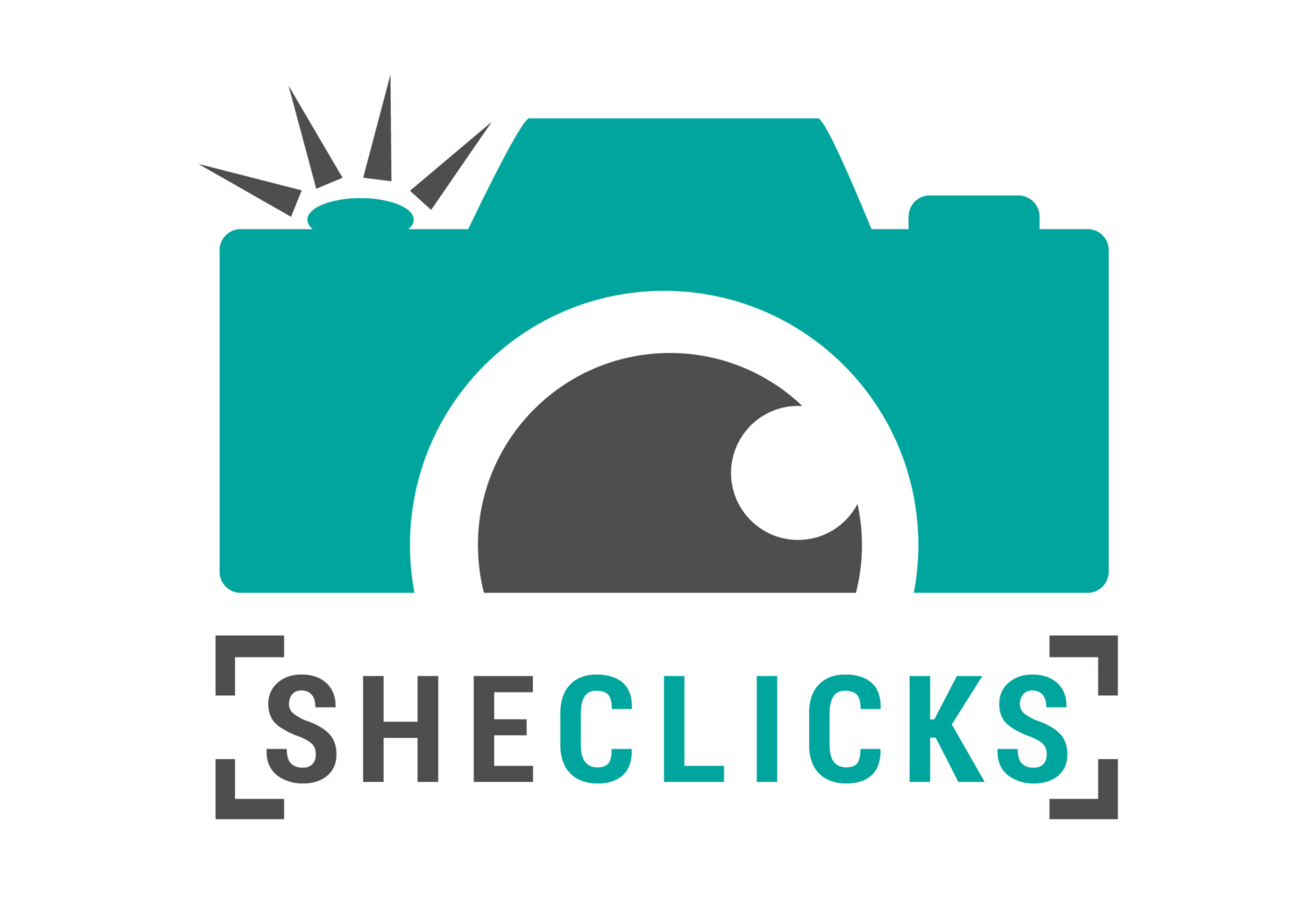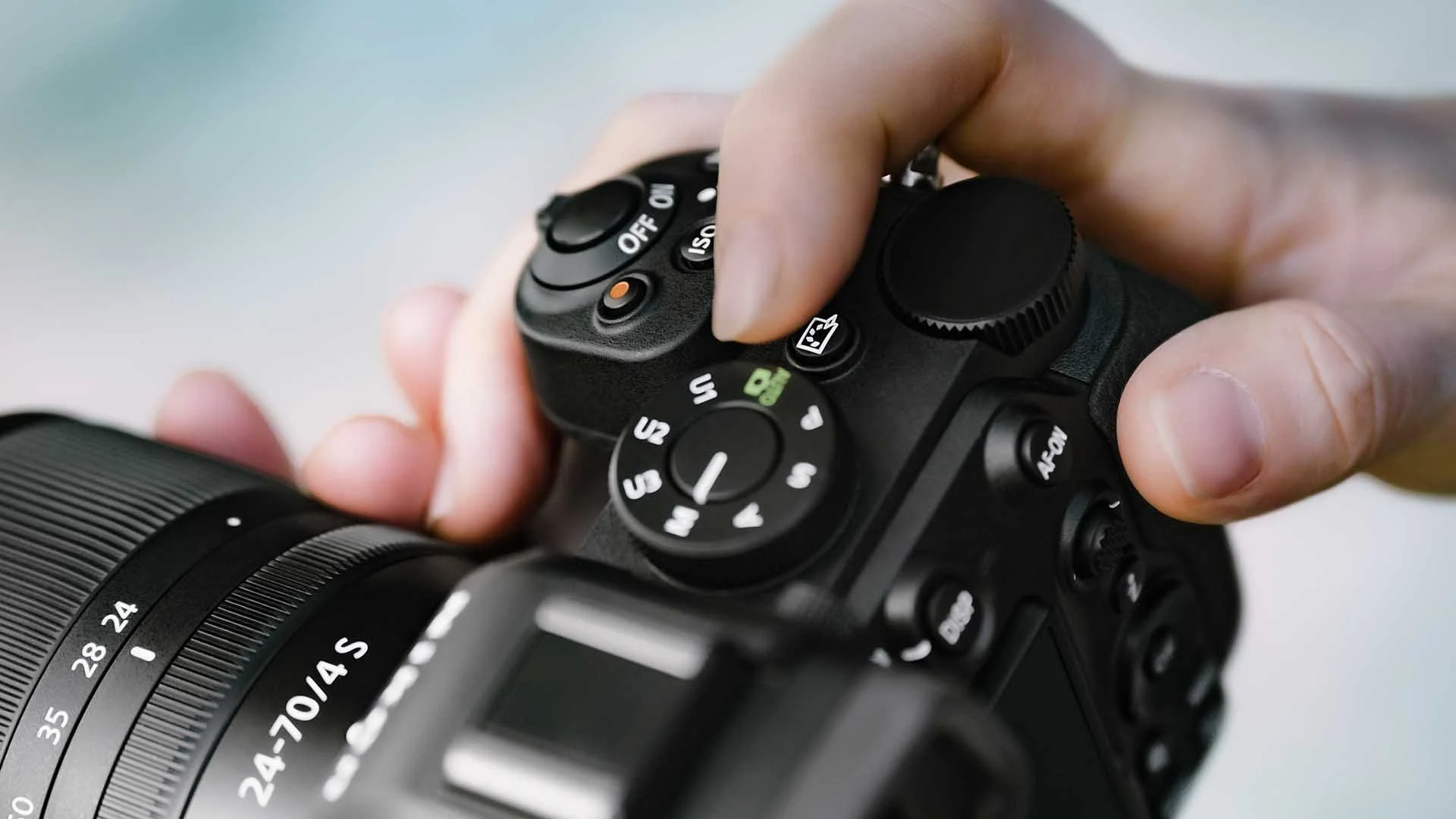Nikon Z5II vs Z5
When it was announced on 21st July 2020, the original Nikon Z5 was attractively compact and priced for a full-frame mirrorless camera. It produced high-quality images and its handling was great, but the 4.5fps maximum continuous shooting rate seemed rather sluggish and the DX (APS-C format) crop on the 4K video was disappointing. Now, almost 5 years later, Nikon has announced the Z5II. In this post, I'll compare the Nikon Z5II with the Z5 to highlight the key upgrades that the new camera makes on the original. I'll also aim to answer the question, 'is it worth upgrading from the Nikon Z5 to the Z5II?'
Sensor and Processing Engine
Nikon Z5II: 24.5MP full-frame (FX) BSI CMOS and Expeed 7
Nikon Z5: Sensor: 24.3Mp full-frame (FX) CMOS and Expeed 6
While the Nikon Z5II and Z5 have a very similar pixel count, the Z5II has a newer sensor design and is backside-illuminated (BSI). The sensor is also paired with Nikon's most recent processing engine and that combination enables many of the improvements that the Z5II makes on the Z5.
According to Nikon, the Z5II produces cleaner (less noisy) mid-high-ISO images than the original Z5. Consequently, the Z5II has a higher maximum sensitivity (ISO) setting for both stills and video shooting as follows:
Nikon Z5II: Stills: 100–64000, Video: 100–51200
Nikon Z5: Stills: 100–51200, Video: 100–25600
Autofocus system
Nikon Z5II: 9 types – people (eyes, face, head, upper body), birds, dogs, cats, cars, motorcycles, bicycles, trains and airplanes
Nikon Z5: 2 types – people and dogs
Subject detection autofocus systems have come a long way over the last five years, and consequently, the Z5II has a far more sophisticated focusing system than the original Z5. It can detect a much wider range of subjects, making it much more useful to photographers and content creators interested in making images of wildlife, vehicles and sport.
The newer processor and sensor of the Z5II also deliver faster focusing with Nikon claiming acquisition in around 0.075 sec, 68% faster than the Z5 (0.206 sec). Furthermore, while the Z5's dimmest detection range for its AF system is -4.5EV, the Z5II can still focus in -10EV, which is roughly the amount of light in a scene illuminated by half the moon at night.
Listen to the SheClicks Women in Photography Podcast with Nikon Ambassador Scarlet Page
Continuous Shooting Speed
Nikon Z5II: Continuous low: 1–7 fps, extended high: 14 High-Speed Frame Capture Plus: a 30 fps (JPEG Normal, Large only)
Nikon Z5: Continuous low: 1–4 fps, high: 4.5 fps
The Nikon Z5's continuous shooting speed failed to impress five years ago and it certainly doesn't now. Fortunately, the Z5II makes a big jump in this respect with a maximum shooting rate of 30fps for large Jpegs, 14fps for raw files and 11fps for 14-bit raw files. That makes it much more suitable for capturing split-second moments.
Also, in High-Speed Frame Capture Plus mode, Pre-Release Capture mode is available on the Z5II. This allows you to buffer images and then save them for up to a second before the shutter release was pressed home. That's great for photographing things prone to making unpredictable movements - like a bird taking off.
Video
Nikon Z5II: 4K 60p (cropped), 4K 30p (no crop), Full HD 120p, 60p, 50p, 30p, 25p, 24p
Nikon Z5: 4K 30p (cropped), Full HD 60p, 50p, 30p, 25p, 24p
The cropped 4K captured by the Z5 was a significant niggle for anyone interested in shooting video. Thankfully, the Z5II does away with that when shooting 30p footage. It also offers 120p capture for Full HD footage for more dramatic slow motion creation than is possible with the Z5, which has a maximum frame rate of 60p.
In addition, the Z5II gains Product Review Mode to keep the focus on a product held up to the camera, Hi-Res Zoom mode for smooth 2x zooming, a video self-timer and N-RAW, N-Log, HLG and SDR capability, none of which are available with the Z5. The camera's electronic stabilisation in video mode is also said to be better than the Z5's.
Where you do win with the Z5 in video mode, however, is with its maximum recording time, 115 minutes when the viewfinder is used or 120 using the screen. The Z5II's maximum duration is 85 minutes.
The Nikon Z5II has a dedicated Picture Control button.
Picture Controls
Nikon Z5II: 31 types, including the 28 on the Z5, plus Flat Monochrome, Deep Tone Monochrome and Rich Tone Portrait.
Nikon Z5: 8 standard types: Auto, Standard, Neutral, Vivid, Monochrome, Portrait and Landscape and Flat, plus 20 Creative Picture Controls: Dream, Morning, Pop, Sunday, Somber, Dramatic, Silence, Bleached, Melancholic, Pure, Denim, Toy, Sepia, Blue, Red, Pink, Charcoal, Graphite, Binary, Carbon
In-camera colour selection and shooting styles are popular amongst camera manufacturers at the moment with Fujifilm introducing a Film Simulation Mode dial with the X-T50 and OM System OM-3 featuring a dedicated colour control dial. Now Nikon has joined the party with a Picture Control button on the Z5II. The aim is to enable photographers and content creators to get the look they want for their images and video at the shooting stage rather than at the computer.
Viewfinder
Nikon Z5II: 0.5-inch 3690k-dot OLED electronic viewfinder with brightness of 3000 cd/m²
Nikon Z5: 0.5-inch 3690k-dot OLED electronic viewfinder with brightness of 1000 cd/m²
The news with the Z5II's viewfinder is that its brightness matches that of the Z8 and Z9. That's a big jump which should make it more comfortable to use in bright ambient conditions, but it's not quite as impressive as the 4000 cd/m² viewfinder or the Z6III.
While the Nikon Z5 has a tilting screen, the Nikon Z5II (shown here) has a more versatile vari-angle screen.
Screen
Nikon Z5II: Vari-angle 3.2-inch 2100k-dot touchscreen
Nikon Z5: Tilting 3.2-inch 1040k-dot touchscreen
In another win for the Nikon Z5II, it features a higher-resolution screen that's mounted on a vari-angle hinge rather than a tilting bracket. That means the screen can be flipped to face forwards, which is useful if you're presenting to camera or shooting selfies. It can also be angled to give a clear view whether you're shooting in landscape or portrait orientation. The Z5's screen can only help in landscape orientation.
Also, the Z5II's settings display and Info menu can rotate so they are easier to read in portrait orientation.
Both screens are touch-sensitive, but only the Z5II's can be used to adjust settings or shift the focus point when your eye is at the viewfinder.
In addition, the Z5II's screen has a Starlight View Mode that's likely to prove a hit with anyone shooting the night-time landscapes or astro photography. It boosts the visibility of the scene to make it easier to compose a shot and turns the menu red to protect your night vision.
In Body Image Stabilisation (IBIS)
Nikon Z5II: Up to 7.5 stops at the centre and 6.0 stops at the edges
Nikon Z5: 5.0 stops
The Nikon Z5II has Nikon's Focus Point VR technology that sets the sensor to pivot around the active focus point to give a wider degree of shake compensation at the most important part of the image. The Z5’s Vibration Reduction system is good, but the Z5II takes it up a notch.
The Nikon Z5II (shown here) looks very similar to the Z5 but it’s 2.5mm deeper, has a deeper grip and has better weather-sealing.
Is it worth upgrading to the Nikon Z5II from the Z5?
If you're currently using the Nikon Z5 and you're mostly shooting stills in good light, you might be happy to carry on with what you've got – it’s still a capable camera. However, the Z5II brings a host of significant improvements that will appeal to many photographers and content creators.
The faster, more responsive autofocus system, better subject detection, higher burst rates and wider ISO range make it far more versatile, especially for wildlife, sport or any fast-moving subjects. Add in the vari-angle screen, brighter viewfinder, better in-body stabilisation, enhanced video features, and overall speedier performance, and you’ve got a camera that feels a lot more up to date.
While it’s not a completely different beast from the Z5, the Z5II is a solid step forward in almost every area. It's also more robustly made and has weather-sealing on a par with the Nikon Z6III. So, if you're starting to feel the Z5’s limitations or you want to shoot more demanding subjects (whether stills or video), the Z5II is likely to be a very worthwhile upgrade.
Further good news is that while the Z5II has quite a bit more to offer than the original Z5, it is still attractively priced for a full-frame camera. At launch, the Nikon Z5II’s price is £1599 / €1999 /US$1695.95 body only.




